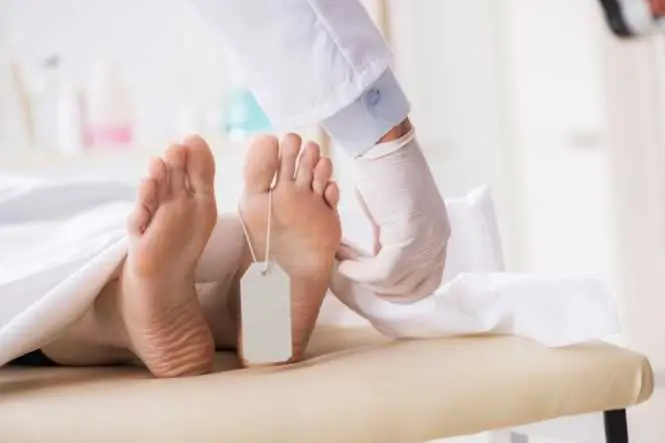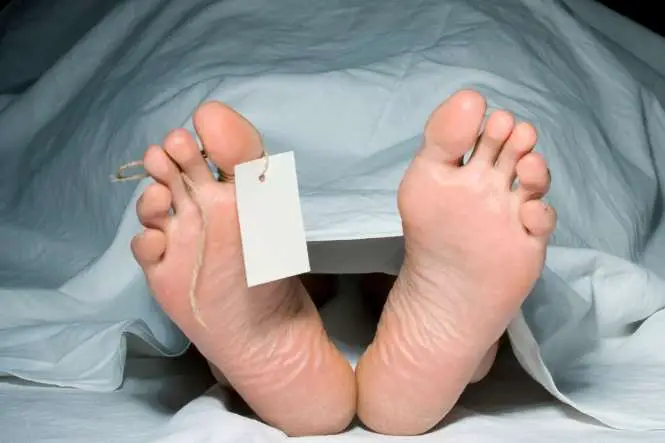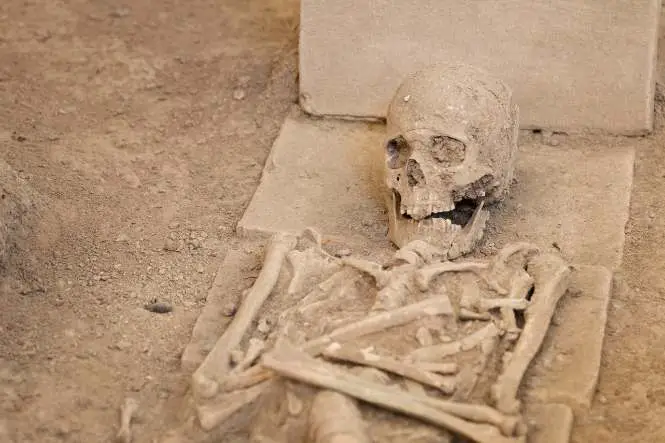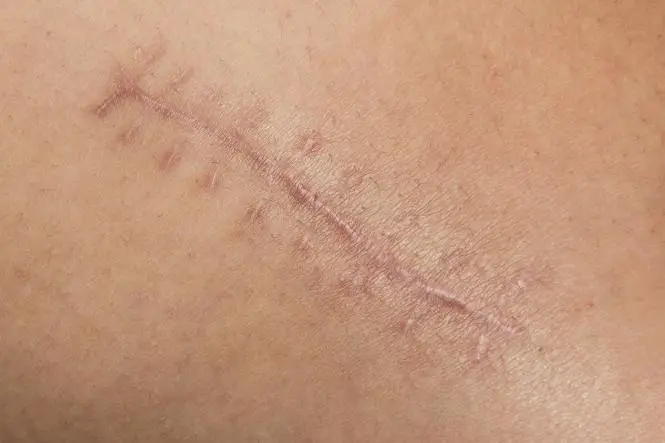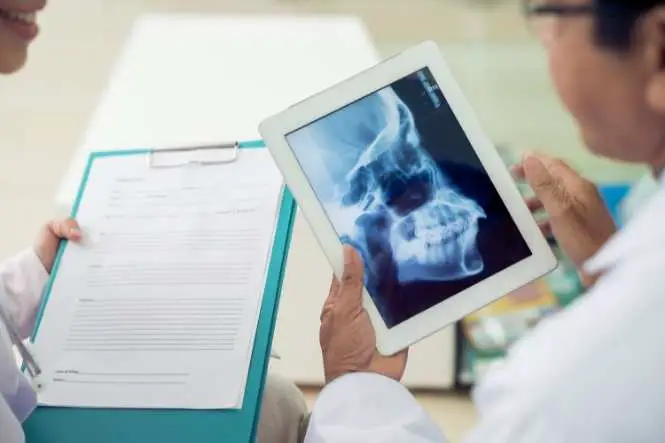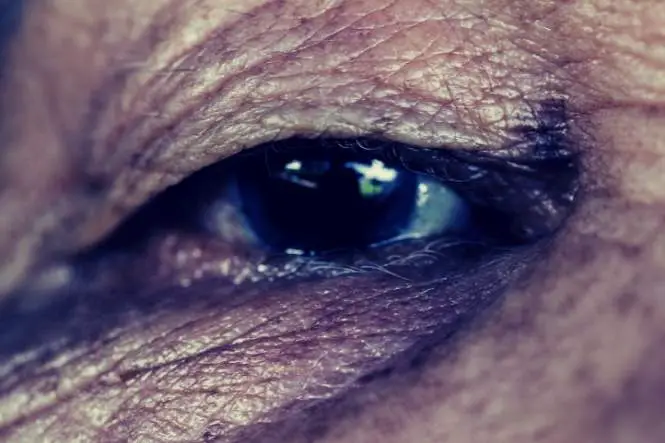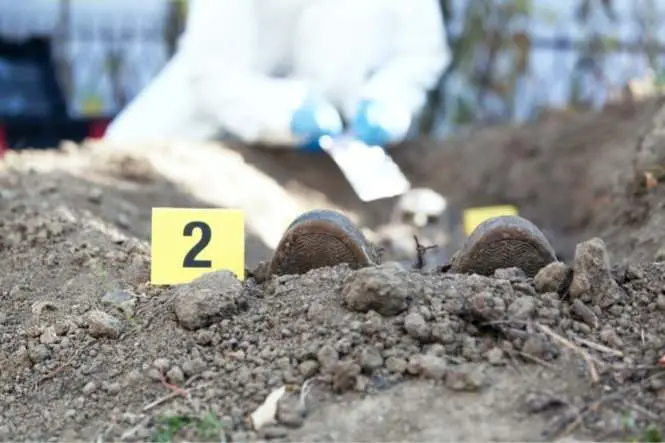How Forensic Pathologists Differentiate Between An Accidental Overdose And A Suicide Overdose
Want to know how forensic pathologists differentiate between an accidental overdose and a suicidal overdose? Read our article to find out. Determining and classifying the cause and manner of death (accident, suicide, homicide, undetermined etc.. ) is important but can be particularly challenging where decease is associated with drug intoxication. …


